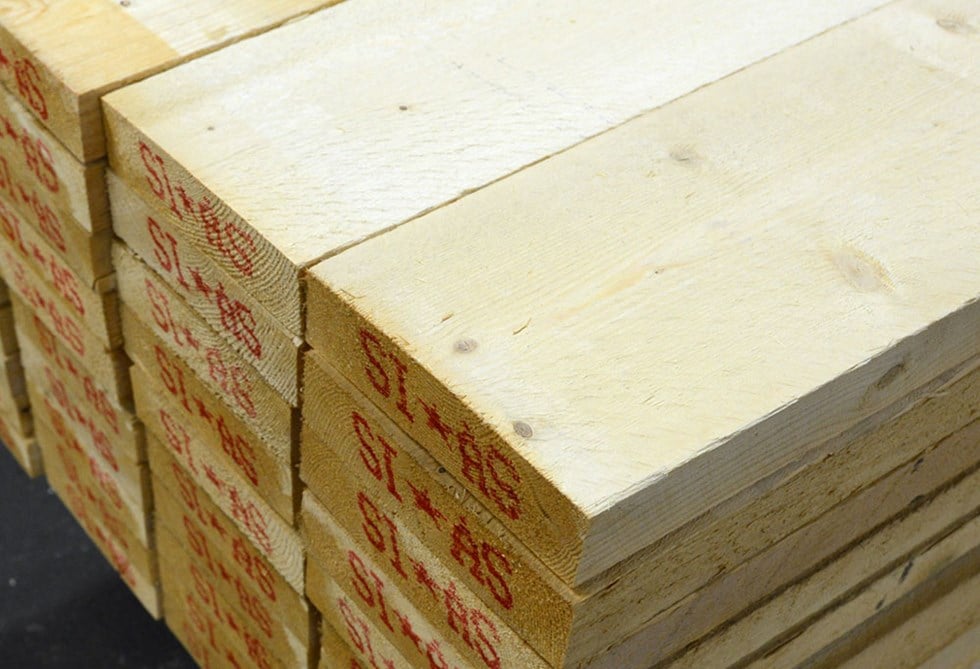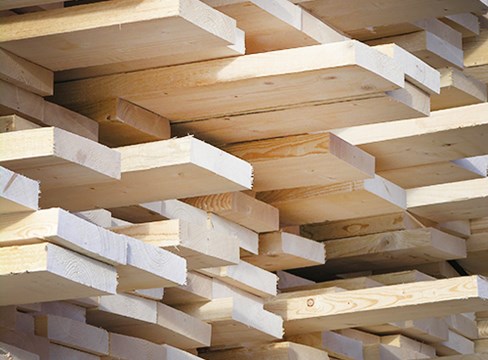Wood grades
Appearance grading
The grade of wood can be specified using a number of parameters. The grade is determined by the number and size of the parameters below. Fewer and smaller knots, for example, result in a higher grade.
|
Knots |
Top rupture |
Wane |
|
Insect attack |
Pitchwood |
Pitch pocket |
|
Bark-encased scar |
Reaction wood |
Open scar |
|
Deep blue stain |
Surface blue stain |
Wavy grain |
|
Firm rot |
Soft rot |
Cross grain |
|
Seasoning check |
Shake |
End check |
|
Deformations |
Handling damage |
Dimension deviations |
The parameters are assessed in visual sorting, known as appearance grading. This is usually done at the sawmill.
It is common for each piece of wood to be stamped on the end with a shipping mark. This allows the graded quality to be checked along the chain from the sawmill to the retailer. After processing, e.g. planing or resawing, these marks may be cut away or hard to identify. The grade is then marked on the packaging.
The grading of wood is a general process based on appearance. It is thus not designed to take account of the wood’s use, for example in joinery, construction or packaging.
Appearance grades – Quality classes
The wood is shown in the dimensions: 25x100, 50x150 and 75x200 mm
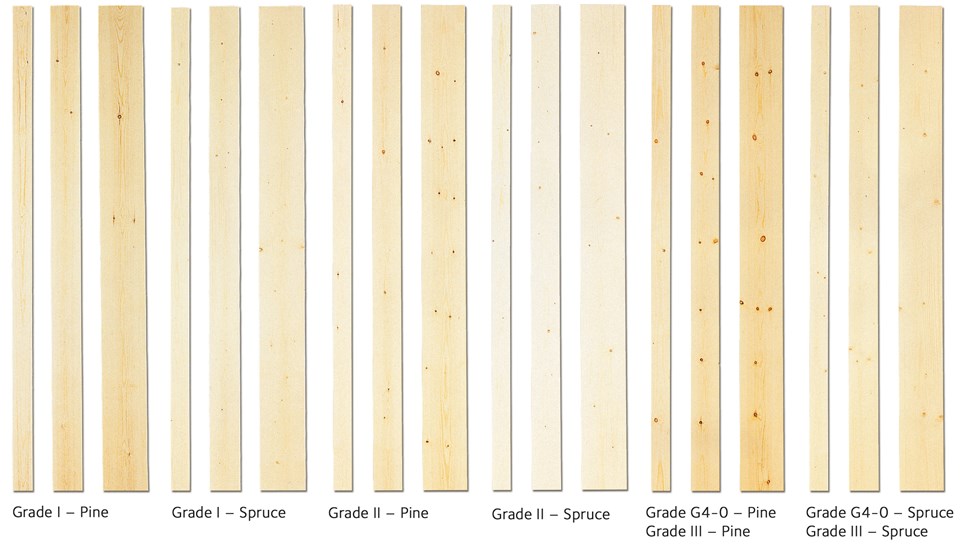
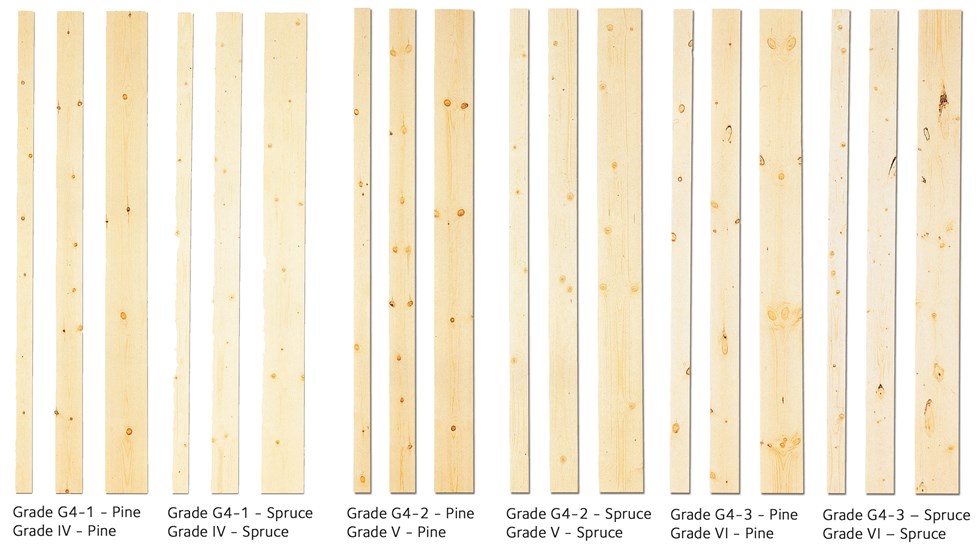
At the Swedish sawmills, the wood is usually graded using the rules on appearance grading set out in Grading of Sawn Timber. However, among timber merchants and when describing wood grades used in construction, for example in the AMA Hus and VilmaBas databases, grading mostly follows the European standard for appearance grading of softwoods, SS-EN 1611-1.
Grading of Sawn Timber
Grading of Sawn Timber is a grading regulation established in 2020. It is based on the Nordic Timber Grading Rules for Pine and Spruce Sawn Timber and the European standard SS-EN 1611-1 Sawn timber – Appearance grading of softwoods.
The sawn timber is sorted into seven classes, designated I–VII. CLASS U/S is one of the main grades, comprising unspecified proportions of sub-classes OS I – OS IV. The other main grades are CLASS V (Fifths), CLASS VI (Sixths) and CLASS VII, which has low quality requirements.
Standard SS-EN 1611-1
According to standard SS-EN 1611-1 Sawn timber – Appearance grading of softwoods, the grading may be performed on the faces and the edges or only on the faces. In these cases, the grades are called G4 and G2 respectively. The grading designations are followed by a number from 0–4 stating the quality of the wood, with 0 as the highest quality. A grade can thus have the designation G4-2, which means a 4-sided visual sorting of typical construction timber, corresponding to CLASS V, Fifths, in the Grading of Sawn Timber system. A rough comparison with Grading of Sawn Timber is given in table 18, page 62. G2 entails 2-sided visual sorting and is rarely used in Sweden.
Table 17 Timber grades
Common wood products with appropriate appearance grades and wood types.
| Type of wood product | grade | Wood type |
| Dimension planed wood | G4-2 - G4-3 | Spruce and pine |
| Construction timber | G4-0 - G4-2 | Spruce and pine |
| Sheathing | G4-2 - G4-3 | Gran |
| Formwork | G4-4 or better | Spruce and pine |
| Packaging wood | G4-3 | Spruce and pine |
| Exterior cladding and bargeboards | G4-2 or better | Gran |
| Interior cladding | G4-1 or better | Pine and spruce |
| Planed wood for interior joinery | G4-1 or better | Pine |
| Floorboards | G4-2 or better | Pine and spruce |
| Fencing | G4-2 or better | Spruce, poss. treated pine |
| Mouldings | A - B | Pine as per SS 232811 |
Description of appearance grades in line with SS-EN 1611-1
Wood sorted in line with SS-EN 1611-1 is not intended for load-bearing structures. The aim of the grading is, instead, to sort wood in terms of its appearance. Dead knots, for example, are judged more harshly than sound knots. Properties that affect the function of the wood, such as deformations, are also assessed.
Grade G4-0
Grade G4-0 is suitable for planed wood for interior joinery and internal mouldings. Planed pine is often this grade.
High quality, where defects that affect the appearance to a large extent, are not permitted. A few small sound and dead knots are permitted but no encased or decayed knots.
It is very uncommon for spruce to have Grade G4-0. The grade is attained primarily by the side yield of butt logs.
Grade G4-1
Grade G4-1 applications include high quality interior and exterior cladding with small knots. Planed spruce is often this grade.
Defects that affect the appearance to some extent, such as bark-encased scars and reaction wood, are permitted. Small encased knots are also permitted, but not decayed knots.
Note This grade is sometimes the highest to which wood is sorted, which means that it will contain Grade G4-1 or better.
Grade G4-2
Grade G4-2 is suitable for applications such as exterior cladding with a knotty structure. Grade G4-2 is also suitable for higher quality decking and sheathing. In addition, the grade can be used in the form of dimension planed spruce for wall studs in non-load-bearing internal walls.
Grade G4-2 permits defects that affect the appearance to a greater extent, such as bark-encased scars, pitchwood and decayed knots. Blue stain, firm rot, wavy grain and top rupture are also permitted to a small extent.
Note This grade is often the highest to which spruce is sorted, which means that it will contain G4-2 or better.
Grade G4-3
Grade G4-3 is suitable for applications such as lower quality decking and sheathing, plus packaging wood.
This grade allows defects that greatly affect the appearance in terms of both size and number, including decayed knots, bark-encased scars, blue stain, firm rot, through checks, wavy grain and top rupture. Extensive deformations are also permitted, as are knot holes.
Note This grade is sometimes the highest to which spruce is sorted, which means that it will contain G4-3 or better.
Grade G4-4
Grade G4-4 is suitable for low quality formwork and packaging.
G4-4 allows most defects to an unlimited extent, as long as the piece of wood remains intact, which means that the wood can be handled without falling apart.
Defects that may be present to an extensive but not unlimited extent are wane, checks and deformations.
A small amount of soft rot is permitted.
Tabell 18 Wood grades
Approximate equivalences between the different appearance grades – quality classes.
|
Grading rules |
Quality classes – appearance grades |
||||||
|
Appearance grading of sawn timber |
U/S |
Fifths |
Sixths |
|
|||
|
I |
II |
III |
IV |
V 2) |
VI |
VII |
|
|
SS-EN 1611-1 |
|
|
|
|
|
|
|
|
4-sided grading |
– |
– |
G4-0 |
G4-1 |
G4-2 2) |
G4-3 |
G4-4 |
|
2-sided grading 1) |
– |
– |
G2-0 |
G2-1 |
G2-2 |
G2-3 |
G2-4 |
1) 2-sided grading, G2, seldom used in Sweden.
2) Most common for structural timber.
Application-specific grading
VilmaBas – Application-specific base range
A base range called VilmaBas has been created in Sweden as a means of clearly describing wood products in a user-friendly way. Behind this database lie the wood engineering industry, builders’ merchants and building contractors who, over the years 2010–2020, have jointly assessed and established a relevant base range of wood products. Each product specification, referred to as a properties declaration, is identified by a VilmaBas product ID, a VB number. Each product is described in terms of a selection of properties. Find out more at www.vilmabas.se.
Comparable products, the same for everyone
For its comparable products, each manufacturer can add the relevant VB number or properties declaration. The parties in the value chain can then safely use the VB numbers as a reference.
Traceability
Each individual product/pack can be labelled and identified using a barcode and a Global Trade Item Number (GTIN). This ensures complete traceability, as long as each party in the value chain uses these identifiers in its incident reporting concerning order confirmations, goods reception, stock balance, and so on. See also gs1.se.
Strength grading
Load-bearing structures use construction timber that is sorted mechanically or visually.
The old visual grading rules (T-virkesreglerna) have been replaced by joint Nordic grading regulations. In Sweden they are issued as Swedish standard SS 230120, while the joint Nordic designation is INSTA 142. The rules apply to pine, spruce, silver spruce, larch, Sitka spruce and Douglas fir. The wood continues to be called T-virke and the classes are T0, T1, T2 and T3.
To judge the impact of the knots on strength, the grading regulations specify measurement rules stating how the size of the knots must be measured and how they are to be assessed.
- Size in relation to dimensions of wood
- Positioning on edge and face
- Positioning along the length of the wood
It is also necessary to conduct a visual assessment of other factors that affect the strength or usability of the wood, such as cross grain, growth ring width, checks, top rupture, compression wood, fungal attack, deformation, wavy grain, handling damage and dimension deviations.
Wood graded in line with SS 230120 is labelled with a grading class of T0, T1, T2 or T3, and a strength class of C14, C18, C24 or C30. The C classes follow standard SS-EN 338 Structural timber – Strength classes. The labelling also includes the number of the standard and the company’s mark. Grading T-virke wood requires special training.
Mechanical grading follows the standard SS-EN 14081-1, which also gives detailed labelling rules. During mechanical grading, these strength classes can be produced: C14, C18, C24, C30 and C35.
Mechanical strength grading identifies a physical property that is associated with strength, such as the static or dynamic modulus of elasticity. Some machines combine judgements on multiple properties, such as density, modulus of elasticity or inner structure, using x-rays. The most common mechanical principle in use today involves determining the modulus of elasticity by measuring the resonance frequency from a tap on the end of the wood. Visual supplementary grading is also required for parameters that machines cannot assess, such as cross grain, top rupture, compression wood, fungal attack, checks, deformation, wavy grain, handling damage and dimension deviations. Visually and mechanically graded construction timber must be CE marked and have a performance declaration in line with SS-EN 14081-1.
Pressure treated wood can also be ordered as strength graded construction timber and this must then also be CE marked.
Typical base values for calculating the load-bearing capacity and stiffness of construction timber in strength classes C14–C50 are stated in the standard SS-EN 338.
Note
Wood components for glulam are graded under SS-EN 14080. See also the section Manufacture and control.
Description of construction timber in strength classes C14 – C35
Strength class C14
Strength class C14 is used for wall studs in load-bearing internal and external walls with deformation requirements that are not too stringent.
C14 is a strength class where factors that affect the strength and deformation of the construction timber are permitted to a large extent.
In visual grading, individual knots are permitted to be equal to 1/2 of the construction timber’s width and the whole of its thickness.
A top rupture may be 3/4 of the construction timber’s width. Firm rot is permitted in narrow strips and bands.
Construction timber in strength class C14 is stocked by most builders’ merchants, but often only in small sizes, although treated timber is also stocked in larger dimensions.
VilmaRegel strength class C14 Spruce
The VilmaRegel strength class C14 Spruce has slightly higher requirements concerning crook, bow and blue stain compared with the regular strength class C14.
The permitted crook is 8 mm per 2 metres in length compared with 12 mm per 2 metres in length for strength class C14. The permitted bow is 15 mm per 2 metres in length compared with 20 mm per 2 metres in length for strength class C14. Blue stain is permitted in strips and bands.
Strength class C18
Strength class C18 can be used for load-bearing structures that do not require high strength, or where it is possible to use large dimensions or short lengths. The strength class can also be used for wall studs in load-bearing structures if the requirements concerning deformation are not high.
C18 is a strength class where factors that affect the strength of the construction timber are permitted to a moderate extent.
Deformation is permitted to a much greater extent than in strength classes C24, C30 and C35.
In visual grading, individual knots are permitted to be equal to 2/5 of the construction timber’s width and 4/5 of its thickness. The principles behind mechanical grading mean that the number of knots is often higher than would be permitted in visual grading.
Top ruptures must not be present in the outer 1/4 of the construction timber’s width.
A small amount of firm rot is permitted. Construction timber in strength class C18 is rarely kept in stock.
Strength class C24
Strength class C24 is used in load-bearing structures that require high strength, such as roof trusses and floor systems.
C24 is a strength class where factors that affect the strength and deformation of the construction timber are permitted to a low extent.
In visual grading, individual knots are permitted to be equal to 1/4 of the construction timber’s width and 1⁄2 of its thickness. The principles behind mechanical grading mean that the number of knots is often higher than would be permitted in visual grading.
Top ruptures must not be present in the outer 1/4 of the construction timber’s width. The strength class is not usually graded simultaneously with C30. This means that it comprises strength class C24 and higher.
Construction timber in strength class C24 is stocked by most builders’ merchants.
Strength class C30
Strength class C30 is suitable for load-bearing structures that require high strength but cannot make use of large dimensions.
C30 is a strength class where factors that affect the strength and deformation of the construction timber are permitted to a low extent.
In visual grading, individual knots are permitted to be equal to 1/6 of the construction timber’s width and 1⁄3 of its thickness. The principles behind mechanical grading mean that the number of knots is often higher than would be permitted in visual grading.
Strength class C30 is a homogenous but not very widespread grade. Construction timber in strength class C30 is rarely kept in stock.
Strength class C35
Strength class C35 is suitable for load-bearing structures that require extra high strength but cannot make use of large dimensions.
C35 is a strength class where factors that affect the strength and deformation of the construction timber are permitted to a low extent.
Strength class C35 can only be mechanically graded. Construction timber in strength class C35 is rarely kept in stock.
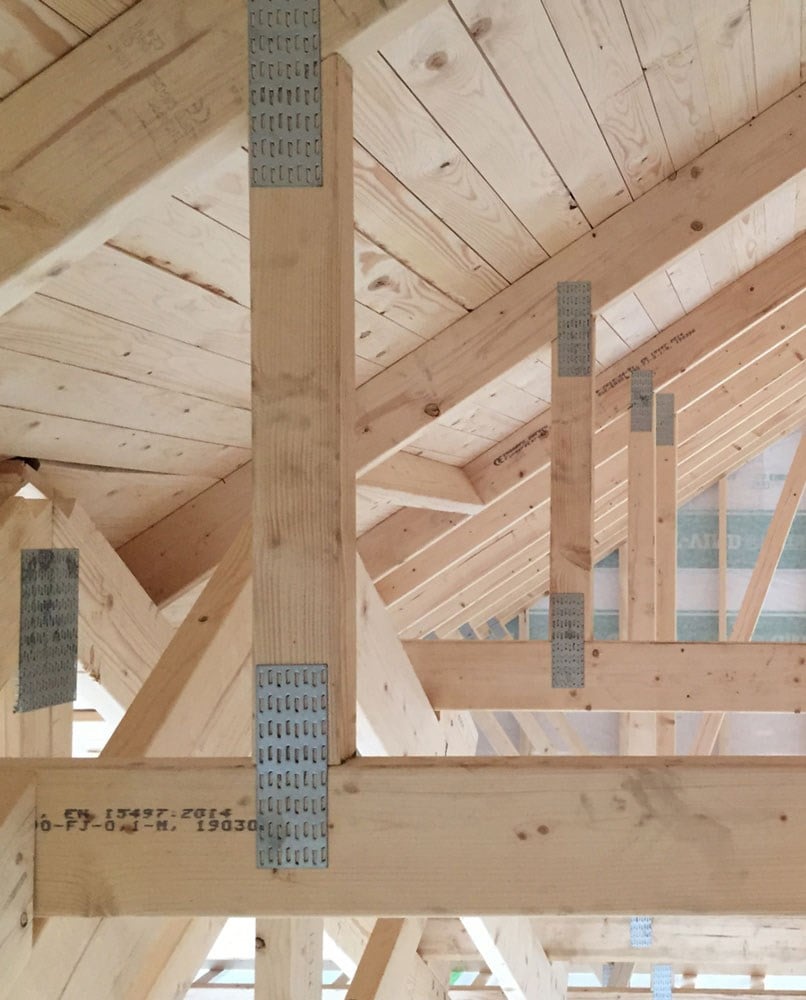 Roof trusses in construction timber.
Roof trusses in construction timber.
Table 19 Sorting of construction timber

Table 20 Characteristic bending-strength values for various wood products for load-bearing structures
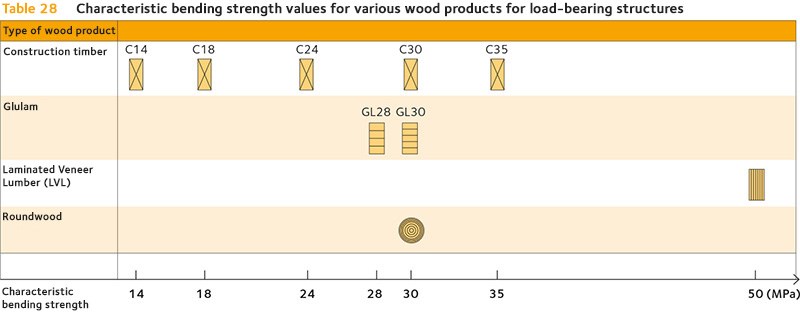
Table 21 Different strength classes and appearance grades have different deformation requirements
|
Defect |
Strength class C14 |
Strength class Vilma Regel C14 |
Strength class C18 |
Strength class C24 |
Appearance grade G4-2 |
Appearance grade G4-3 |
|
Bow (w) |
20 mm/2 m |
15 mm/2 m |
20 mm/2 m |
10 mm/2 m |
10 mm/2 m* |
20 mm/2 m* |
|
Crook (x) |
12 mm/2 m |
8 mm/2 m |
12 mm/2 m |
8 mm/2 m |
4 mm/2 m |
10 mm/2 m |
|
Warping (y) |
2 mm/25 mm width |
2 mm/25 mm width |
2 mm/25 mm width |
1 mm/25 mm width |
2 mm/25 mm width |
2.5 mm/25 mm width |
* For wood thicknesses ≥ 45 mm.
Finger-jointed construction timber
For construction timber in strength classes C14 – C35, there is the option of finger-jointed construction timber manufactured and checked in line with SS-EN 15497.
According to Boverket’s regulation implementing SS-EN 1995-1-1 (Eurocode 5), finger-jointed timber can be used in a load-bearing structure on condition that the structure is designed so that the failure of an individual finger joint would not cause other significant parts of the structure to collapse. Finger-jointed construction timber should not be used in scaffolding or in other structures subject to any kind of impact loads.
Finger-jointed construction timber should be individually CE marked and carry a performance declaration in line with SS-EN 15497. In exceptional cases, where required by the customer, the wood may be free from labelling. In this case, each delivery should include documents providing the information prescribed by the standard.
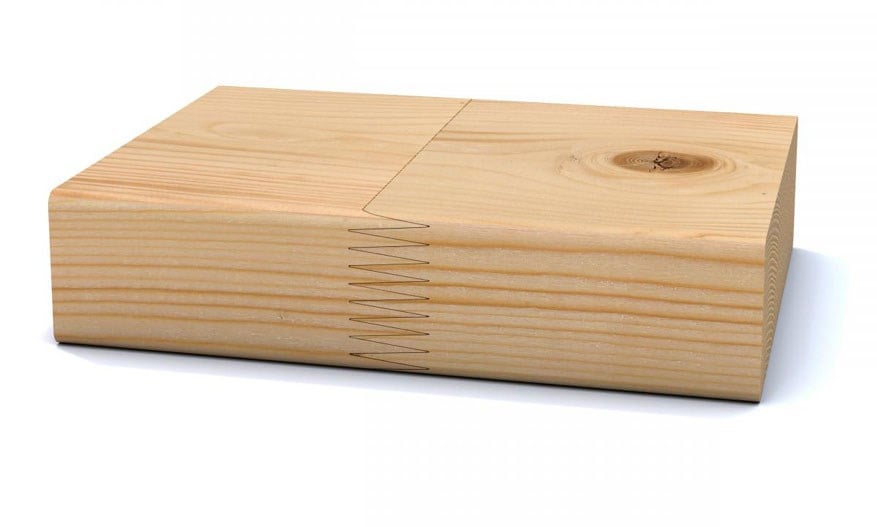 Finger-jointed timber can be used when you want long lengths that do not require joining on site.
Finger-jointed timber can be used when you want long lengths that do not require joining on site.
Cross-sectional dimensions
Table 22 Cross-sectional dimensions of sawn timber
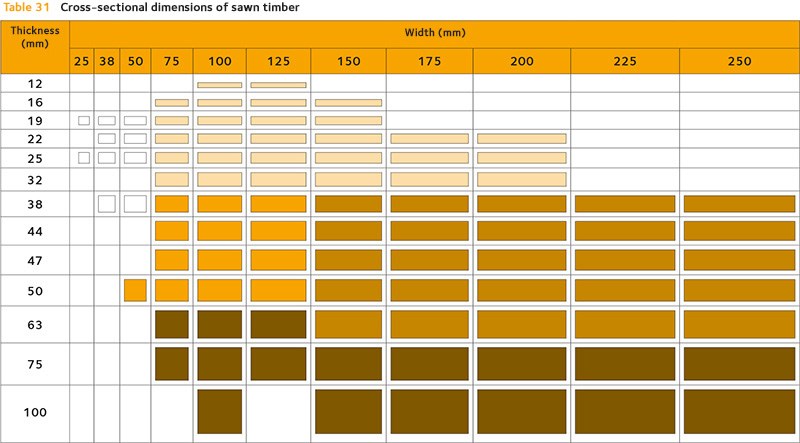
Table 24 Cross-sectional dimensions (commonly occurring in sawn timber and planed timber in Sweden)
| Sawn timber Four sawn sides |
Part planed One sawn face |
Planed timber Four planed sides |
|||
| Thickness | Width | Thickness | Width | Thickness | Width |
| 12 | - | 10 | - | 9 | - |
| 16 | - | 14 | - | 13 | - |
| 19 | - | 17 | - | 16 | - |
| 22 | - | 20 | - | 19 | - |
| 25 | 25 | 23 | 22 | 22 | 22 |
| 32 | 32 | 30 | 28 | 28 | 28 |
| 38 | 38 | 36 | 34 | 34 | 34 |
| 50 | 50 | 48 | 45 | 45 | 45 |
| 63 | 63 | 61 | 58 | 58 | 58 |
| 75 | 75 | 73 | 70 | 70 | 70 |
| 100 | 100 | 98 | 95 | 95 | 95 |
| - | 115 | - | 110 | - | 110 |
| - | 125 | - | 120 | - | 120 |
| - | 150 | - | 145 | - | 145 |
| - | 175 | - | 170 | - | 170 |
| - | 200 | - | 195 | - | 195 |
| - | 225 | - | 220 | - | 220 |
Note
Not all dimensions are stocked by sawmills, builders’ merchants and timber merchants.
Sawn timber
The dimensions for sawn timber apply at a moisture content of 20%. The permitted size deviations for sawn timber and construction timber are specified in SS-EN 1313-1 and SS-EN 336. No standardised cross-sectional dimensions are stated, apart from those recommended in SS-EN 1313-1. The following deviations from the agreed value are permitted in sawn timber:
Table 23 Cross-sectional dimensions and permitted size deviations for sawn timber
| Allowable dimension deviations |
||||
| Thickness and width | Up to 100 mm | - 1 mm + 3 mm | ||
| Over 100 mm | - 2 mm + 4 mm | |||
| Length* | 1 800 - 5 400 mm | No minus tolerance, Plus tolerance as stated in contract or agreement | ||
* No minus tolerance is permitted under SS-EN 1313-1 or SS-EN 336.
If overlength is a problem, the plus tolerance is to be specified in line with the contract or agreement.
Note The average value for actual thickness and width in the batch of wood products must not fall below the agreed value.
Example
Thickness, agreed value = 50 mm
Maximum thickness = 50 + 3 = 53 mm
Minimum thickness = 50 – 1 = 49 mm
Length: No minus tolerance, plus tolerance as stated in contract or agreement.
Width
Thickness
Thickness and width up to and including 100 mm.
Thickness and width over 100 mm.
Table 25 Cross-sectional dimensions of planed timber
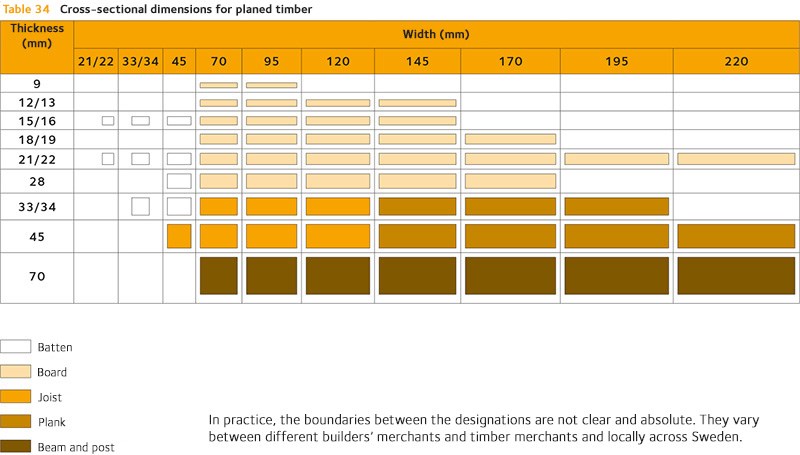
Planed timber
The dimensions for planed timber apply at a moisture content of 20%. Permitted size deviations for planed timber as set out in the table below are stated only in SS-EN 336 using the designation Tolerance class 2. The following deviations from the agreed value are permitted in planed timber:
Tabell 24 Cross-sectional dimensions and allowable deviations for planed timber
| Allowable dimension deviations |
||||
| Thickness and width | Up to 100 mm |
± 1,0 mm |
||
| Over 100 mm |
± 1,5 mm |
|||
| Length* | 1800-5400mm |
No minus tolerance, Plus tolerance as stated in contract or agreement |
||
* No minus tolerance is permitted under SS-EN 1313-1 or SS-EN 336.
If overlength is a problem, the plus tolerance is to be specified in line with the contract or agreement.
Note The average value for actual thickness and width in the batch of wood products must not fall below the agreed value.
Width
Thickness
Thickness and width up to and including 100 mm.
Thickness and width over 100 mm.
Length
The wood is usually cut into the standardised lengths 1,800, 2,100, 2,400 and so on up to 5,400 mm, i.e. multiples of 300 mm between 1,800 and 5,400 mm. Sawmills and builders’ merchants normally stock lengths up to 5,400 mm. Longer lengths and custom lengths are available to order. Wood in longer lengths may be finger-jointed.
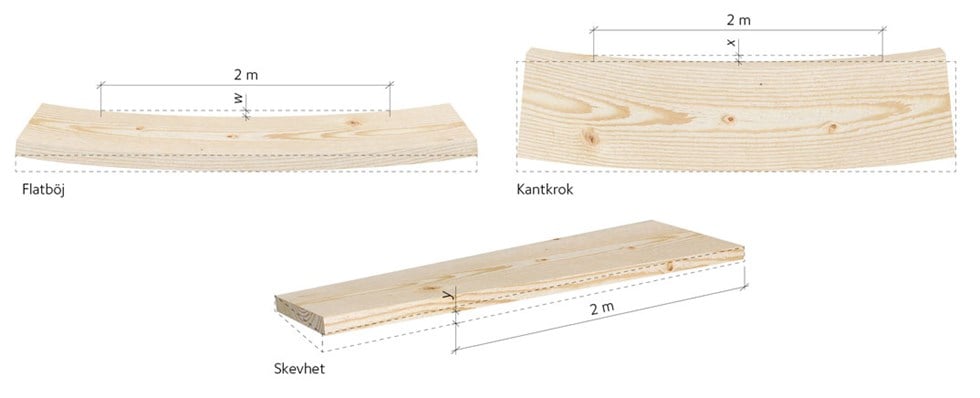
Fig. 65 Examples of deformations
Surface structures
The surface of wood can be finished to meet various technical and aesthetic requirements.
Sawn surfaces, known as original sawn timber, are obtained directly in the sawmill process when the log is green, which means undried. The surfaces will have a different appearance, depending on the sawing technique used. A circular saw will leave circular marks, while a band saw will leave straight marks. Reducer saws also leave circular marks that are usually coarser than the marks from a circular saw. A saw cut may sometimes be produced by two counter-rotating circular saw blades, which leaves two separate circular marks on the cut surface. Different saw patterns may occur on different sides of the same piece. At builders’ merchants, sawn surfaces are only found on a few products, namely scaffolding planks, formwork and packaging wood.
Fine sawn or dry sawn timber has a finer surface structure than original sawn timber from green wood. Fine sawn surfaces appear mostly on exterior cladding.
Planed surfaces may be of differing quality, depending on the number of blades and the rotation speed of the planer. Wood is put through a thickness-planing machine to achieve a particular cross-sectional dimension and the flat surfaces that are typical of structural timber.
Wood is smooth-planed for the smooth surfaces necessary on interior cladding, mouldings and flooring. The best results are obtained with pine.
Surfaces that were previously planed may now be grooved. Grooving is a basic profiling of a planed surface to give paint better adhesion.
In order to accentuate the surface structure of the wood with a painted finish, a special paintable surface called paint cutter has been developed.
Wood surfaces for interior fittings and furniture are sanded or polished to give a completely smooth finish, with no tool marks.
A planed wood surface can be given a relief through brushing, which wears away the springwood and leaves the summerwood as raised ridges.
Common surfaces on wood
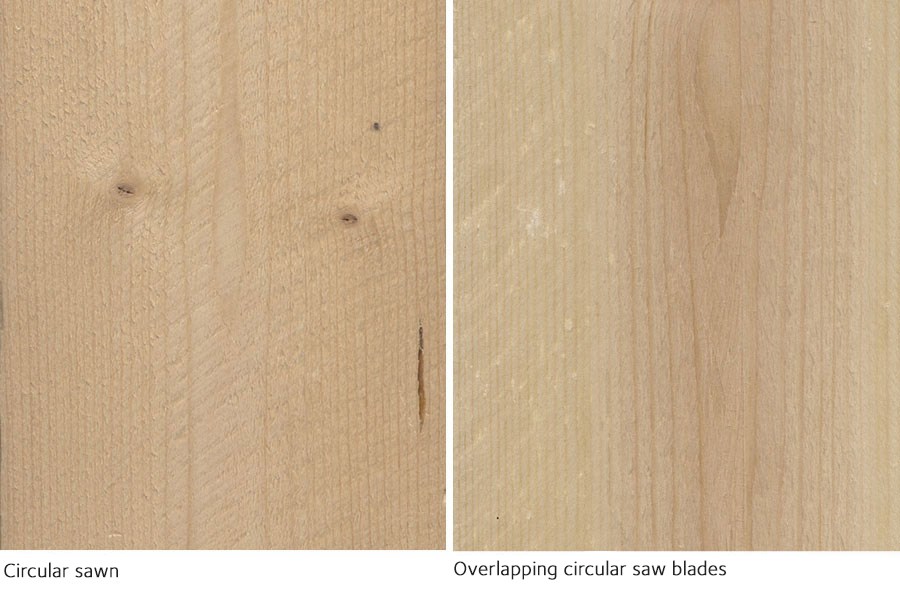
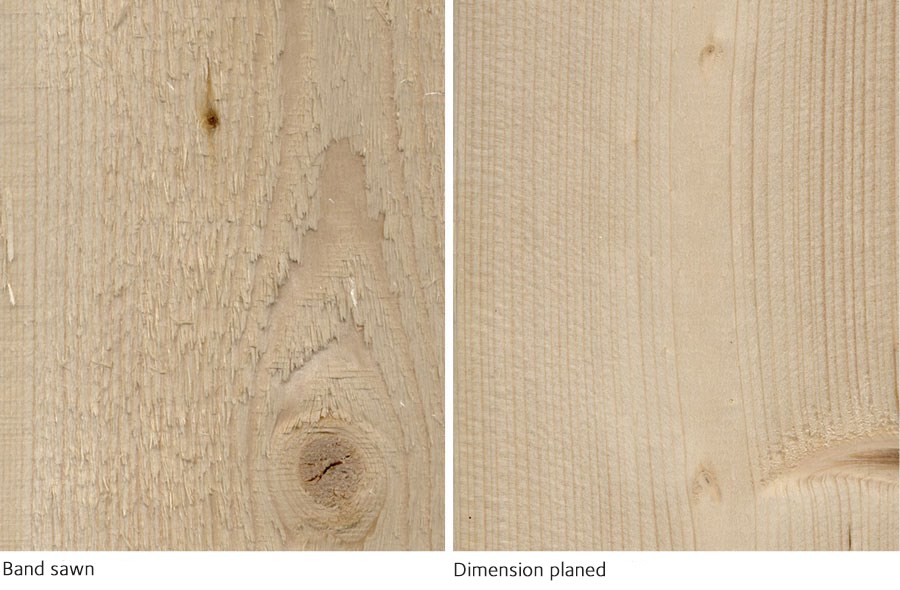
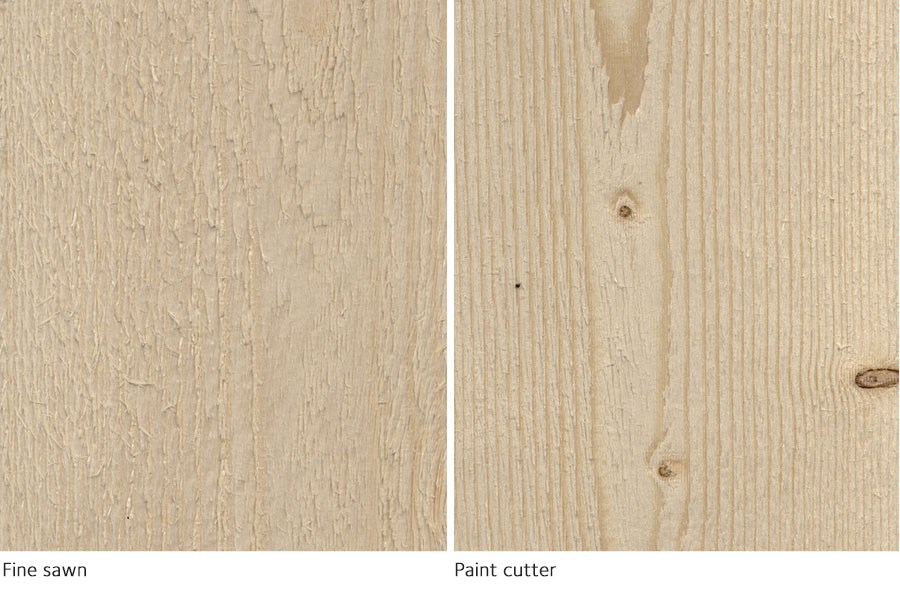
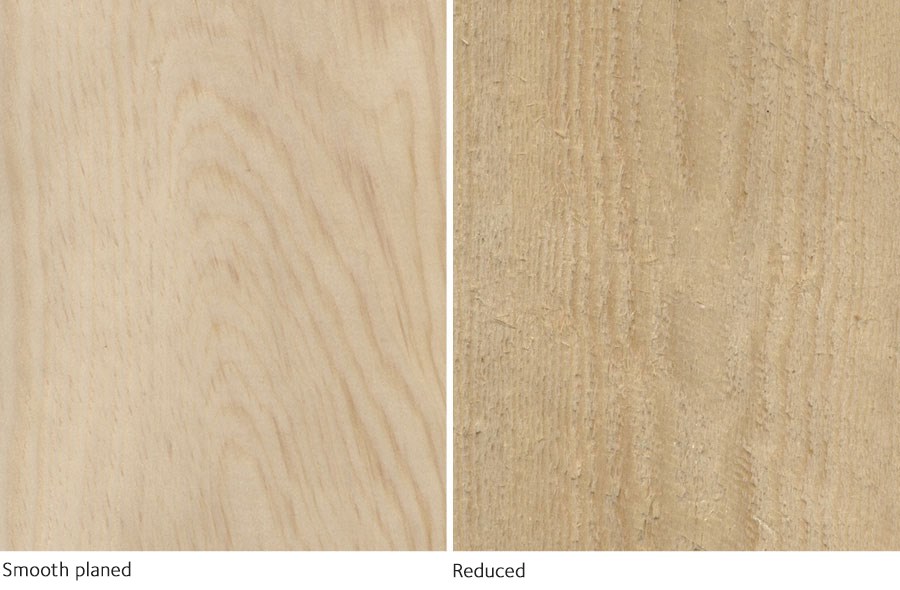
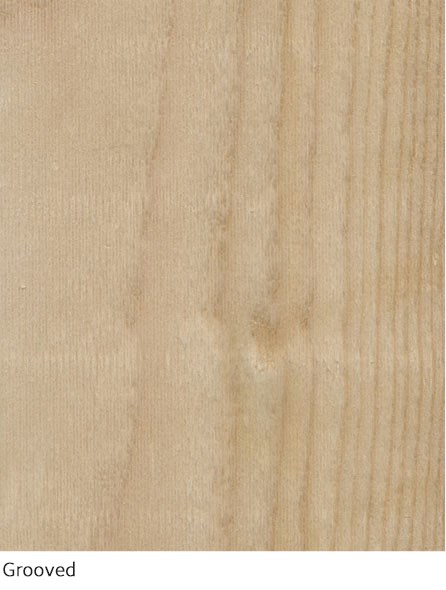
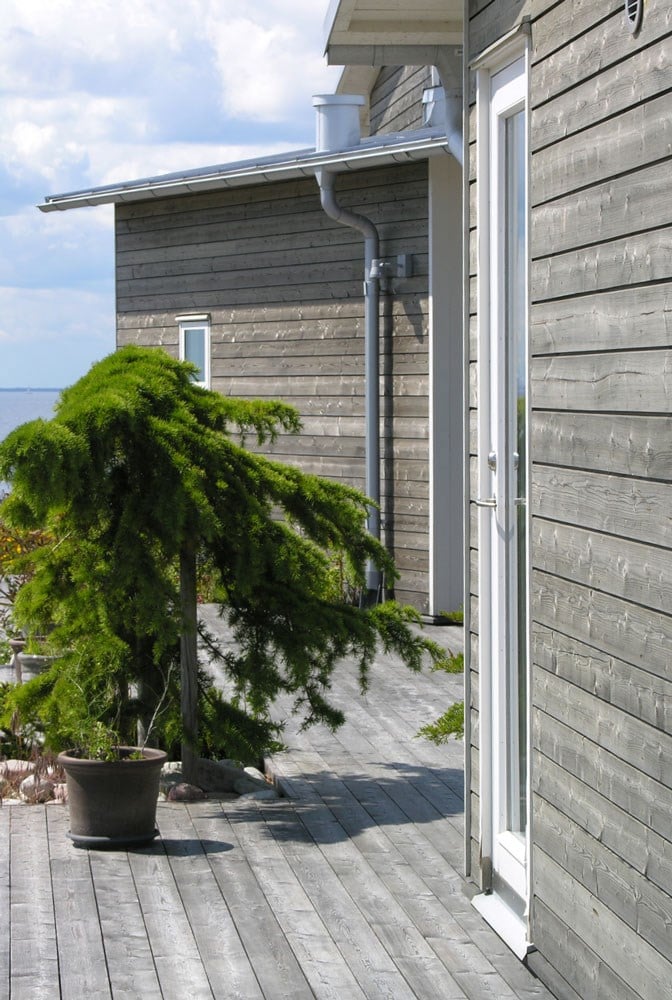 Façade in spruce treated with iron sulphate, plus pressure-treated pine decking.
Façade in spruce treated with iron sulphate, plus pressure-treated pine decking.
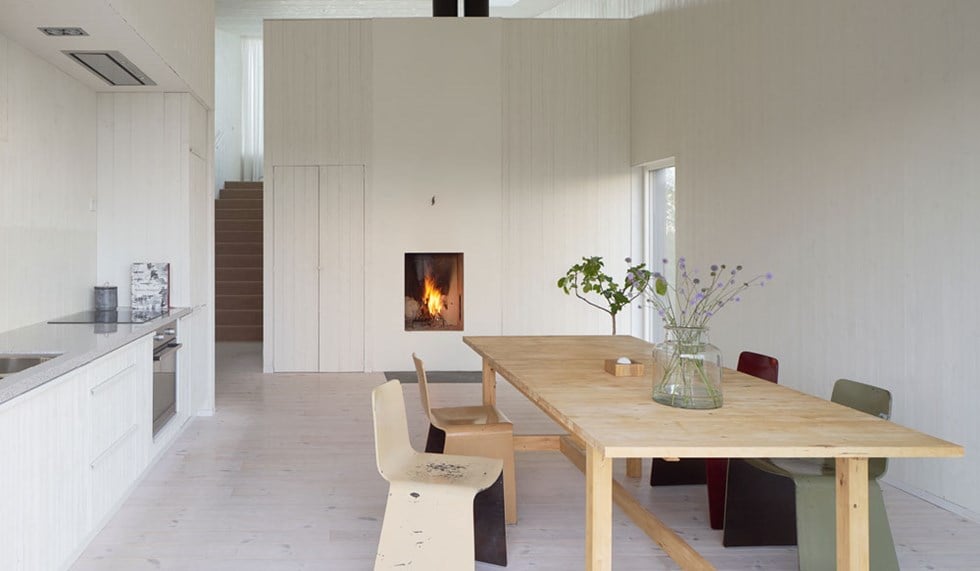 Kyrkesund, Tjörn.
Kyrkesund, Tjörn.

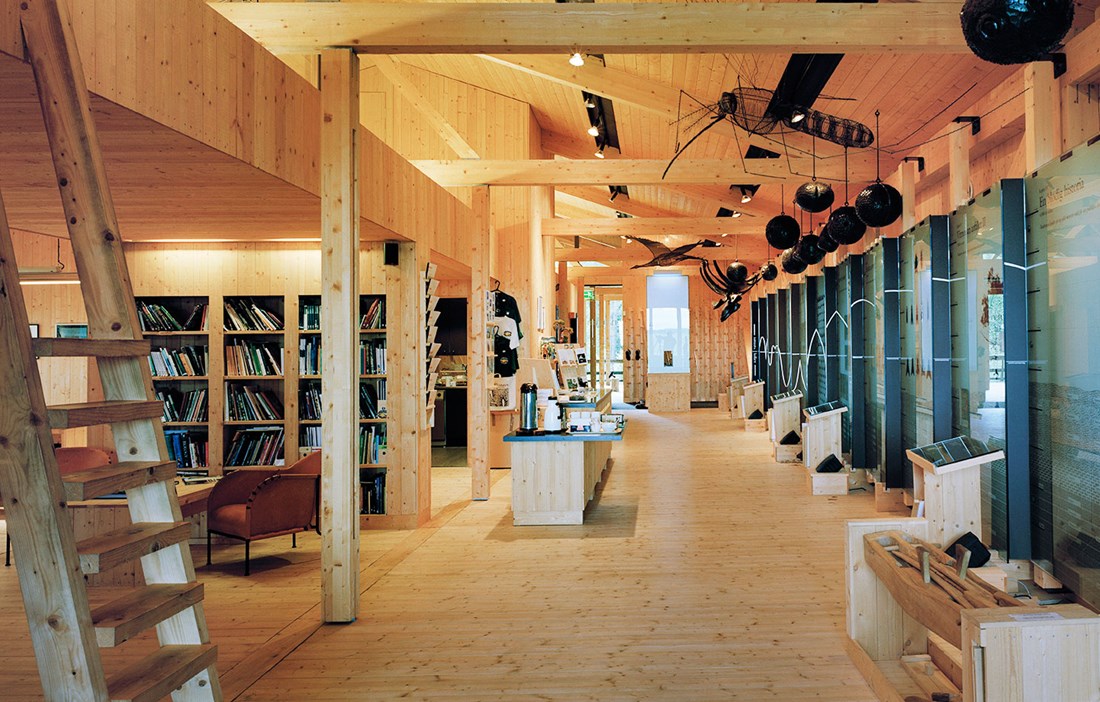
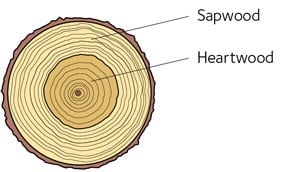
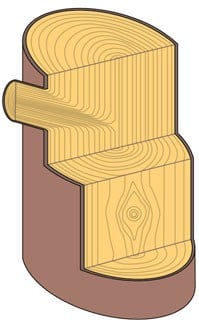
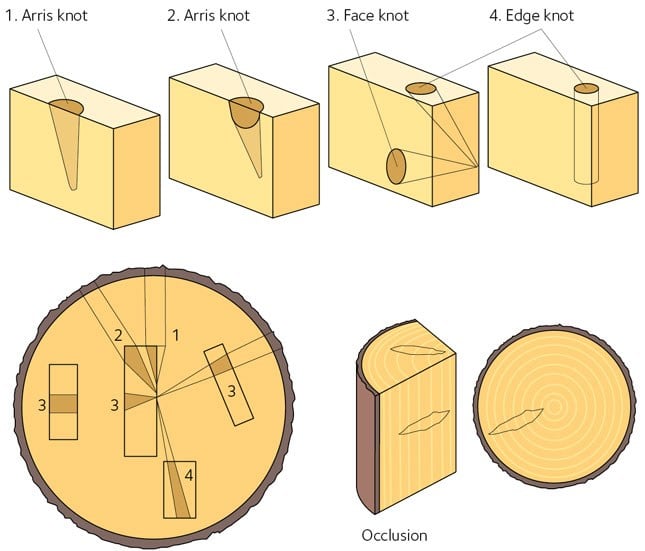
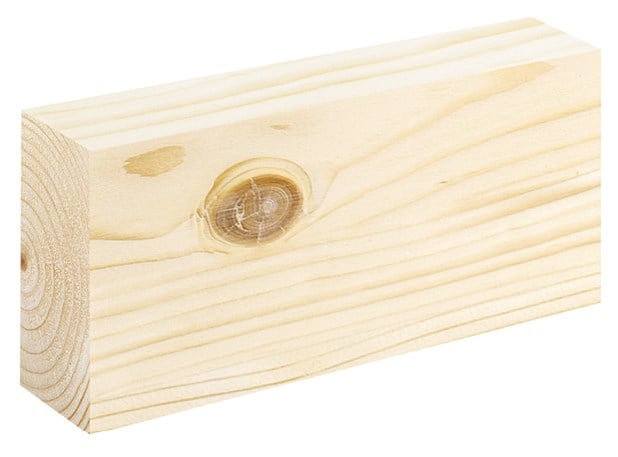
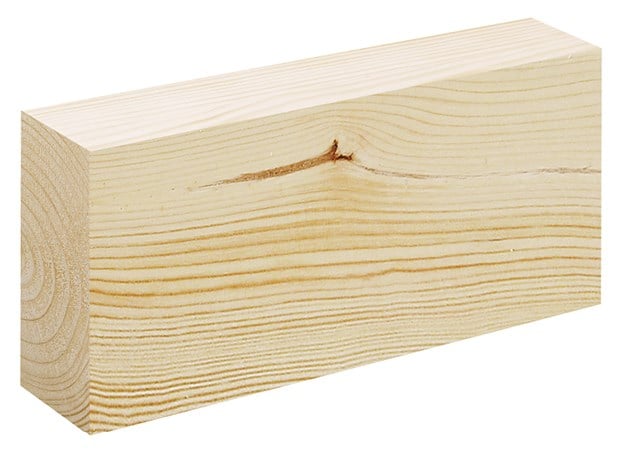
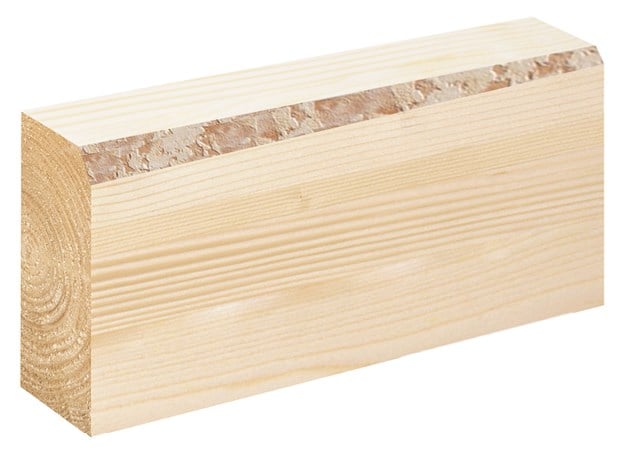
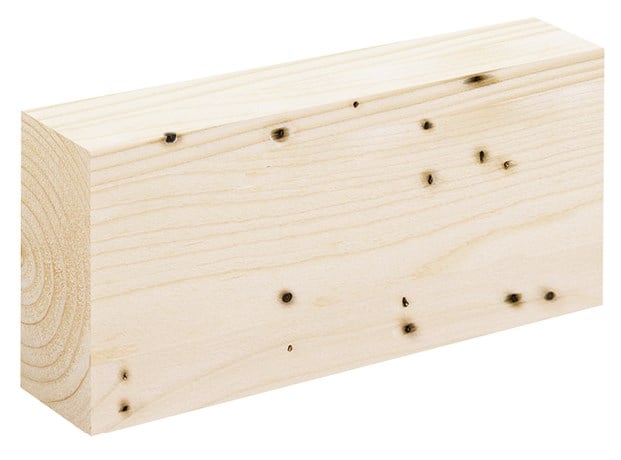
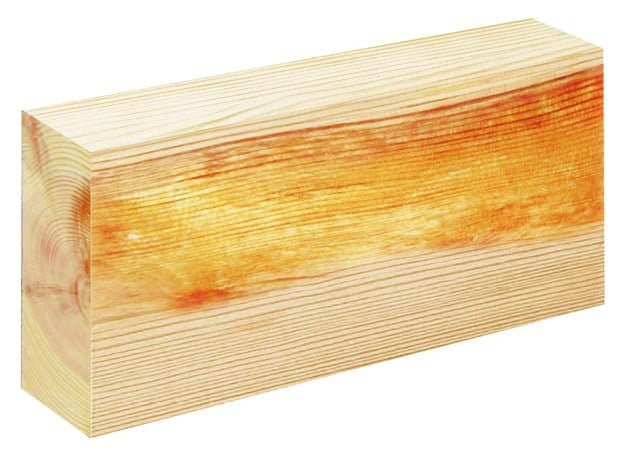
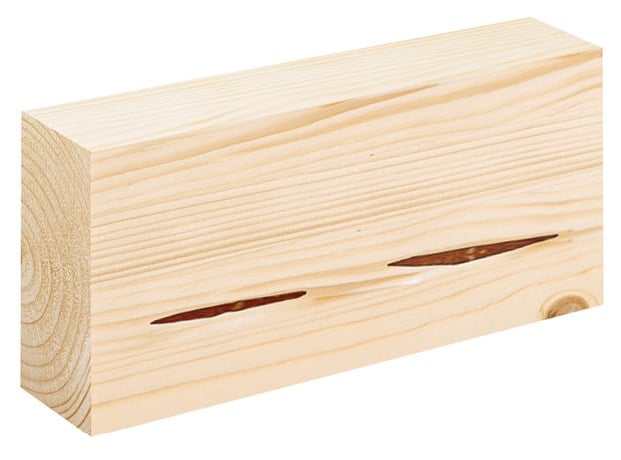
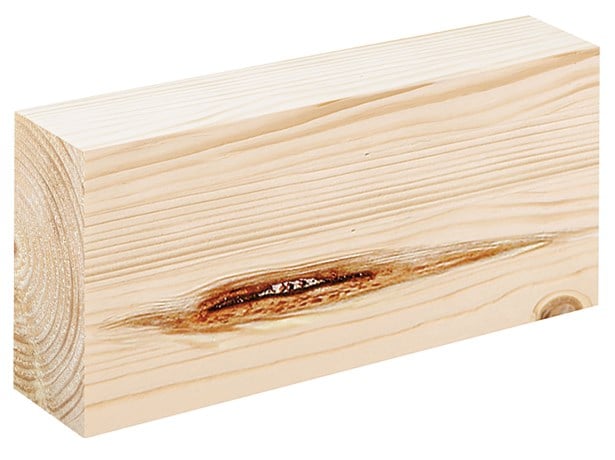
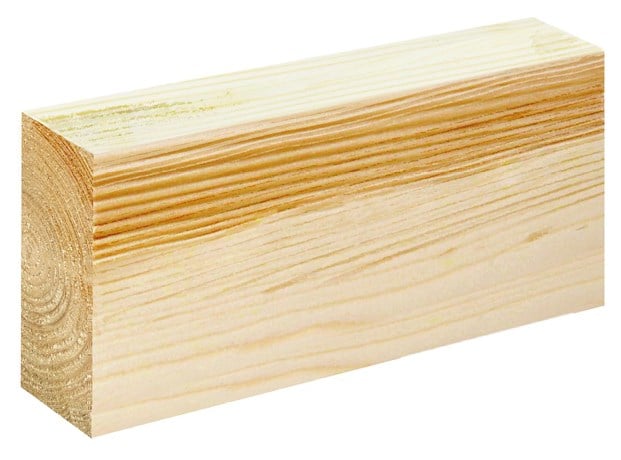
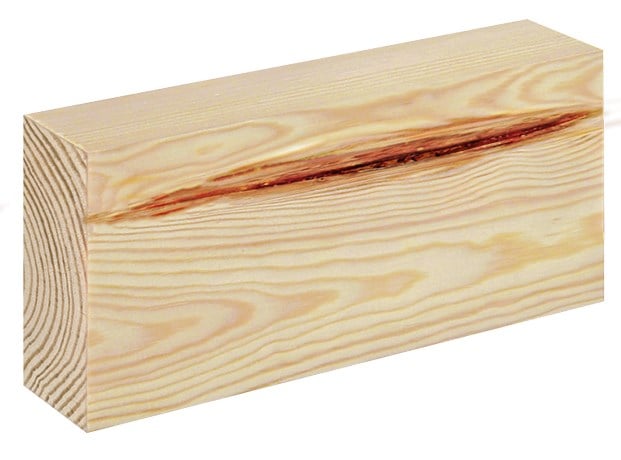
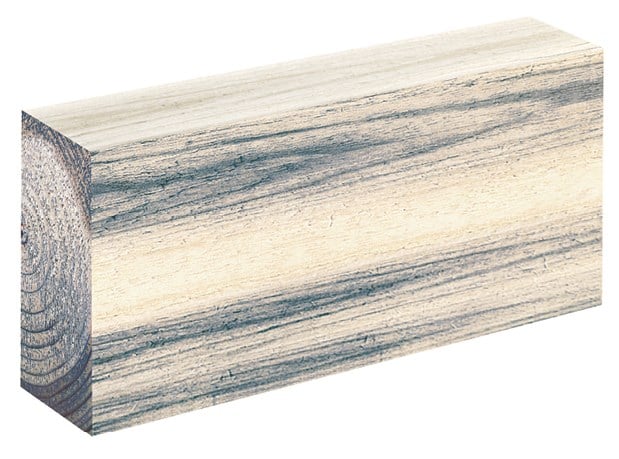
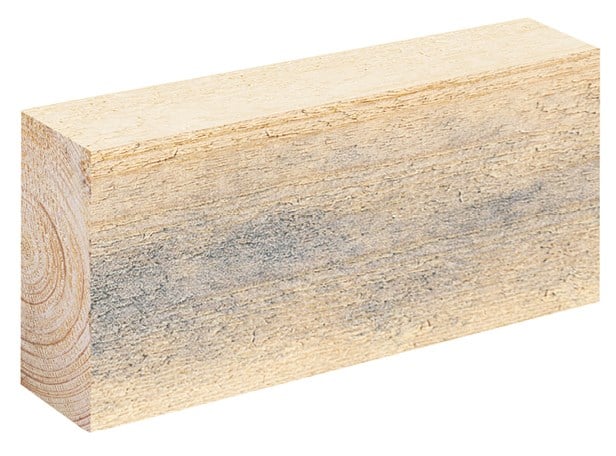
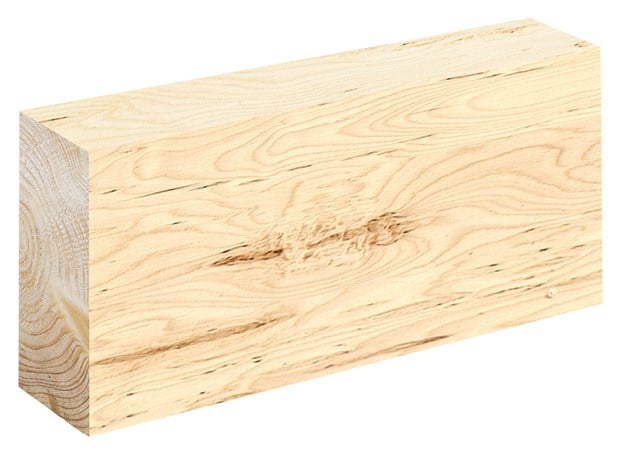
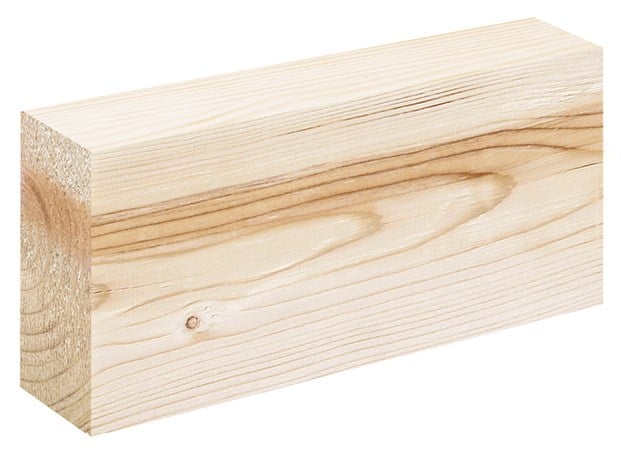
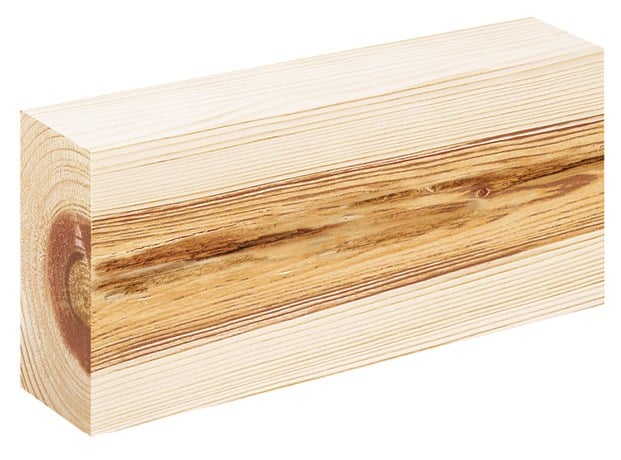
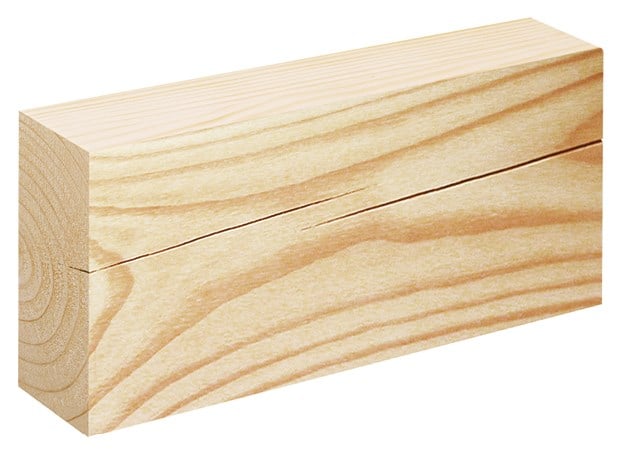
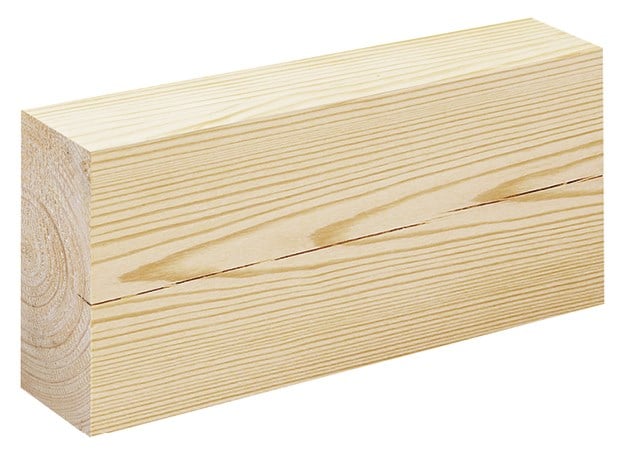
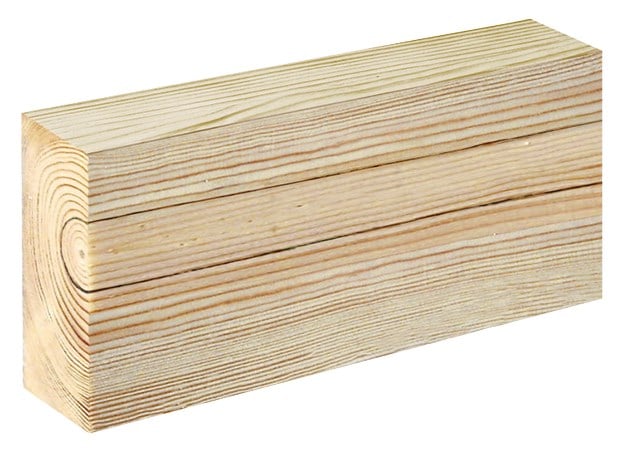
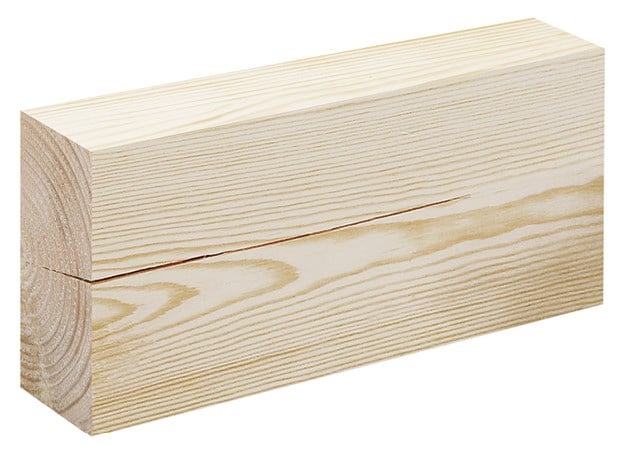
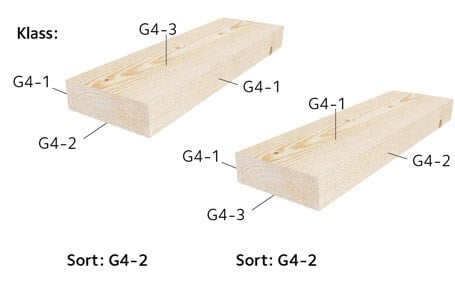
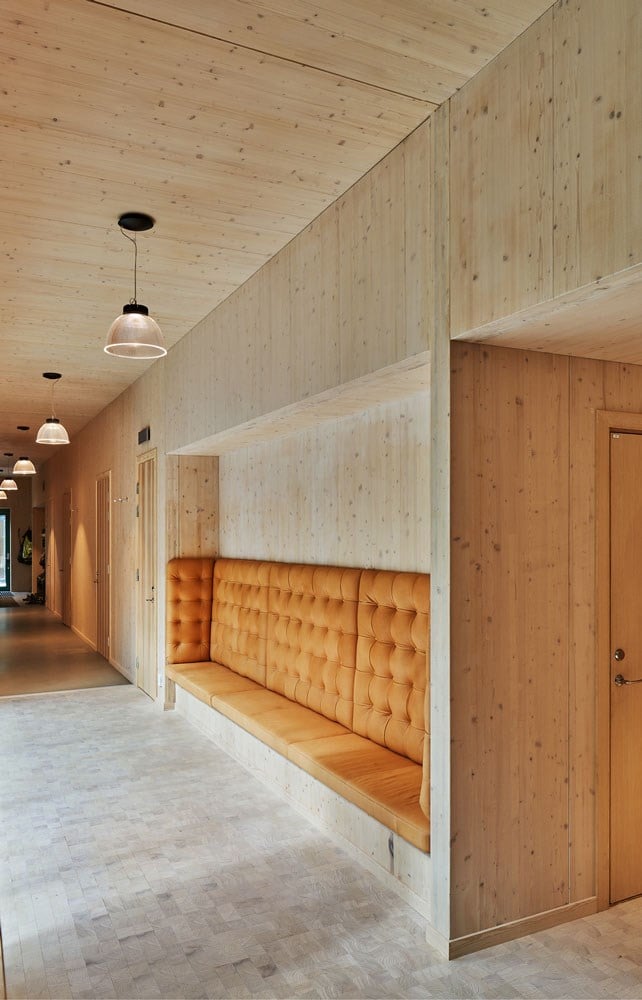
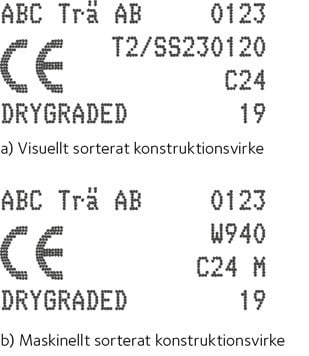
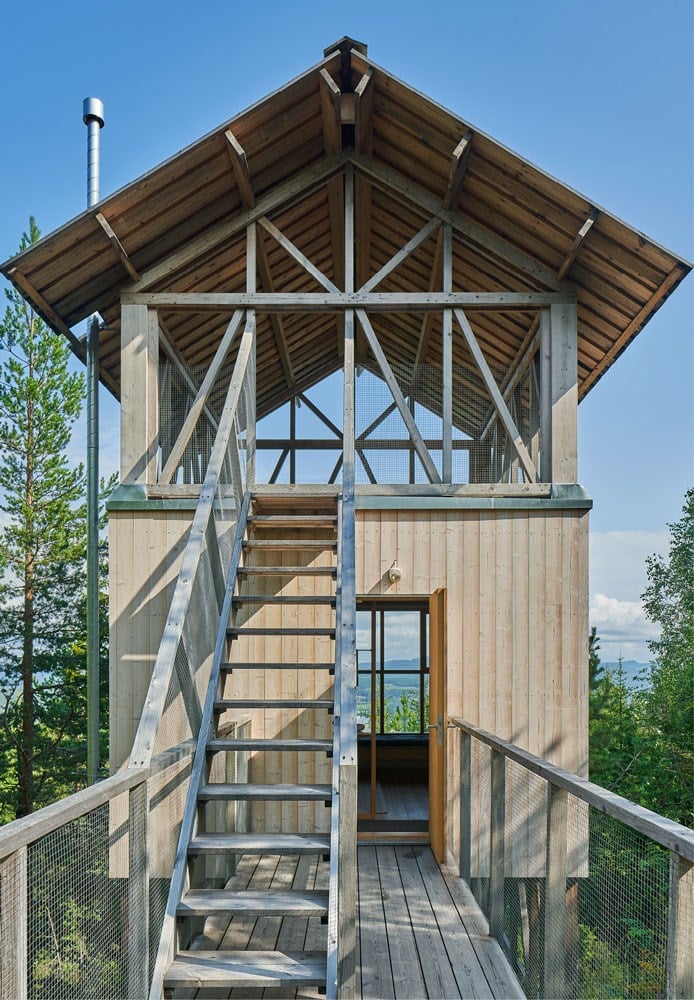 Loft house, Orbaden.
Loft house, Orbaden.